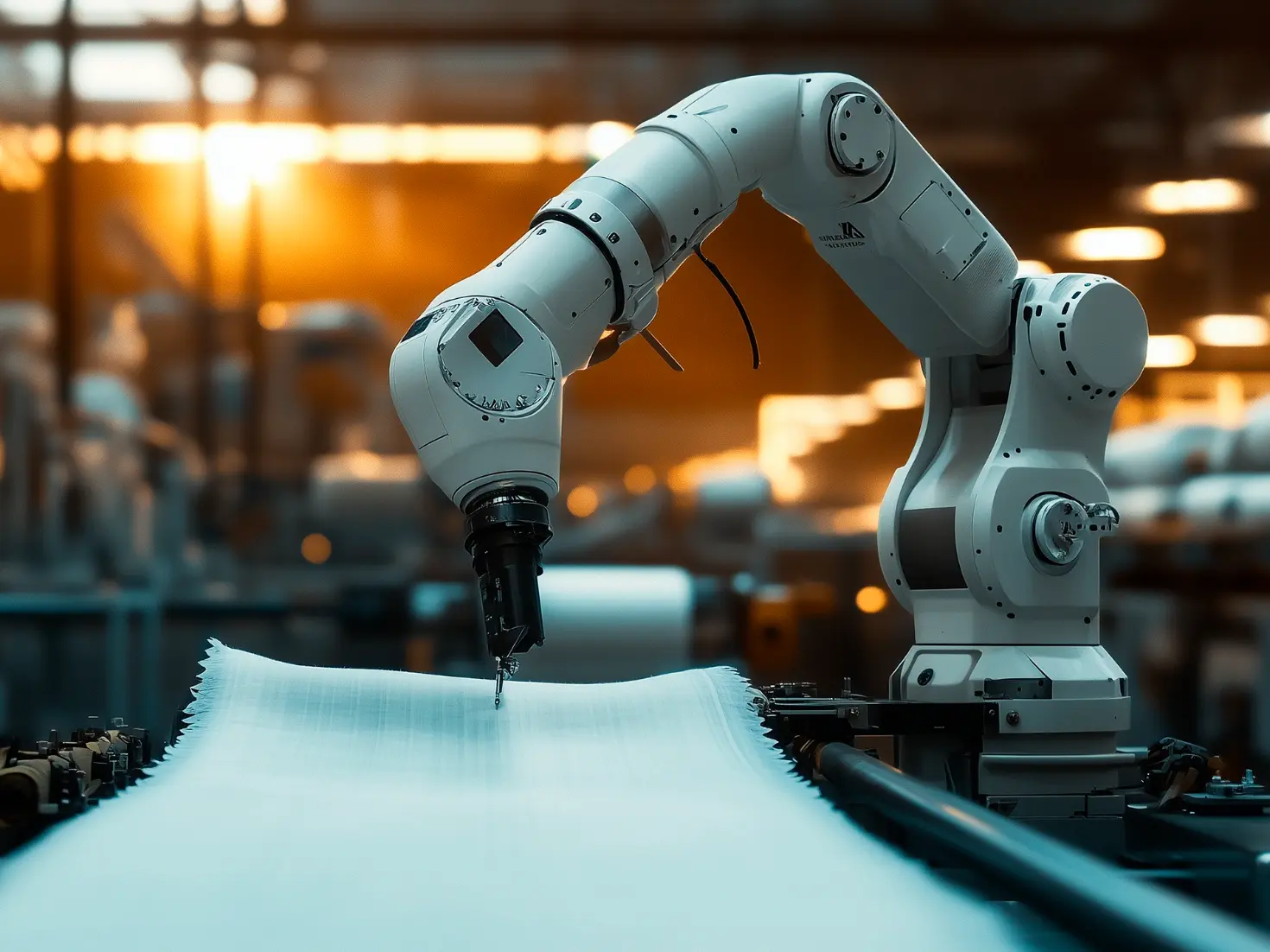New technologies are gradually making their way into the textile industry, breaking the codes of traditional techniques. What seemed like science fiction just a few years ago is now very real, transforming the way our clothes are designed, made and even worn.
Here’s a quick look at the advances that could redefine the future of textiles.
Towards connected fashion
Imagine wearing a jacket that can control your music or answer your calls simply by touching the sleeve. Does that sound futuristic? Yet it’s already a reality, thanks to intelligent textiles. Take the Jacquard jacket, a collaboration between Google and Levi’s, which incorporates conductive fibres to allow you to manage your smartphone without even having to take it out of your pocket. These connected garments, equipped with sensors, interact with us in new ways. And that’s just the beginning! We’re already talking about t-shirts that monitor your heart rate or socks that remind you to get moving after hours of inactivity.
Made-to-measure textiles at your fingertips
Imagine being able to create made-to-measure clothing or accessories, with designs as complex as you like, in just a few clicks. This is exactly what 3D printing can do for textiles. Adidas, for example, uses this technology to manufacture shoe soles that are perfectly adapted to the shape of your feet. Every piece can be unique, and that’s a real game changer for those looking to customise their wardrobe.

Fashion that’s more respectful of the planet
Technological advances don’t stop at clothing design. The way they are made is also evolving, particularly in terms of dyeing. New, less water-intensive processes are emerging. In particular, we have seen the arrival of supercritical CO2 dyeing, which enables textiles to be coloured without wasting tonnes of water. The result? Less impact on the environment and colours that are no match for traditional methods.
Innovative fibres
Why stick to traditional fibres when you can innovate? Today, organically sourced materials such as corn and bamboo are becoming attractive alternatives to synthetic fibres. These new fibres are not only environmentally friendly, they also perform better. We’re talking about clothes that are lighter, more resistant and sometimes even have antibacterial properties. In short, the perfect combination of comfort, durability and respect for the environment.

Fashion goes digital
And that’s not all! Digitalisation is also revolutionising the way clothing is produced. With automation and artificial intelligence, textile manufacturing is becoming faster and more precise. Robots take care of cutting and assembly, reducing errors and optimising the use of resources. This means that brands can respond to trends in no time at all, offering collections almost in real time.
Remember we talked about this in our article on AI: Our New Textile Superstar!

In short, the textile industry is living through an exciting period during which innovation and sustainability go hand in hand. Whether it’s smart clothing, 3D printing or more eco-friendly dyes, the possibilities are endless. And the best part? These advances have only just begun, promising a future for fashion that is as exciting as it is responsible.






